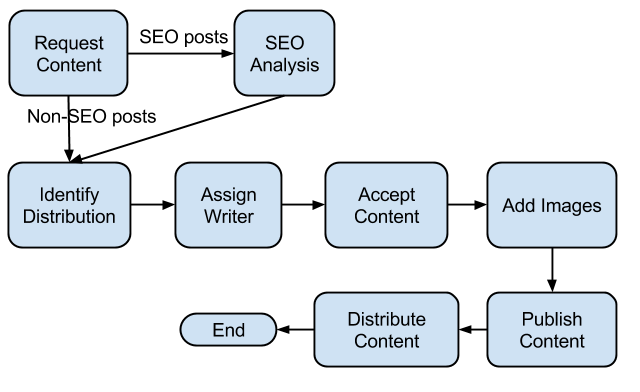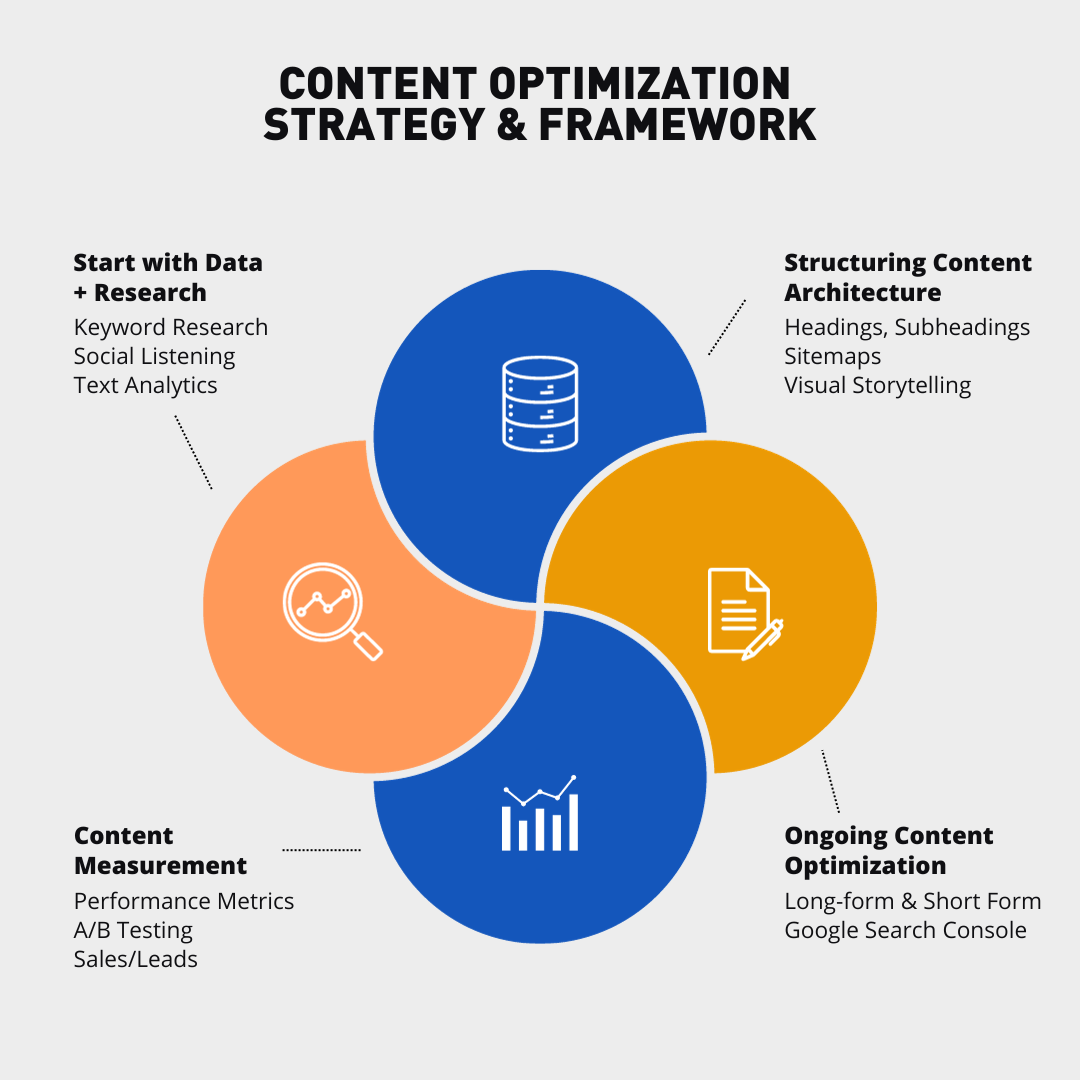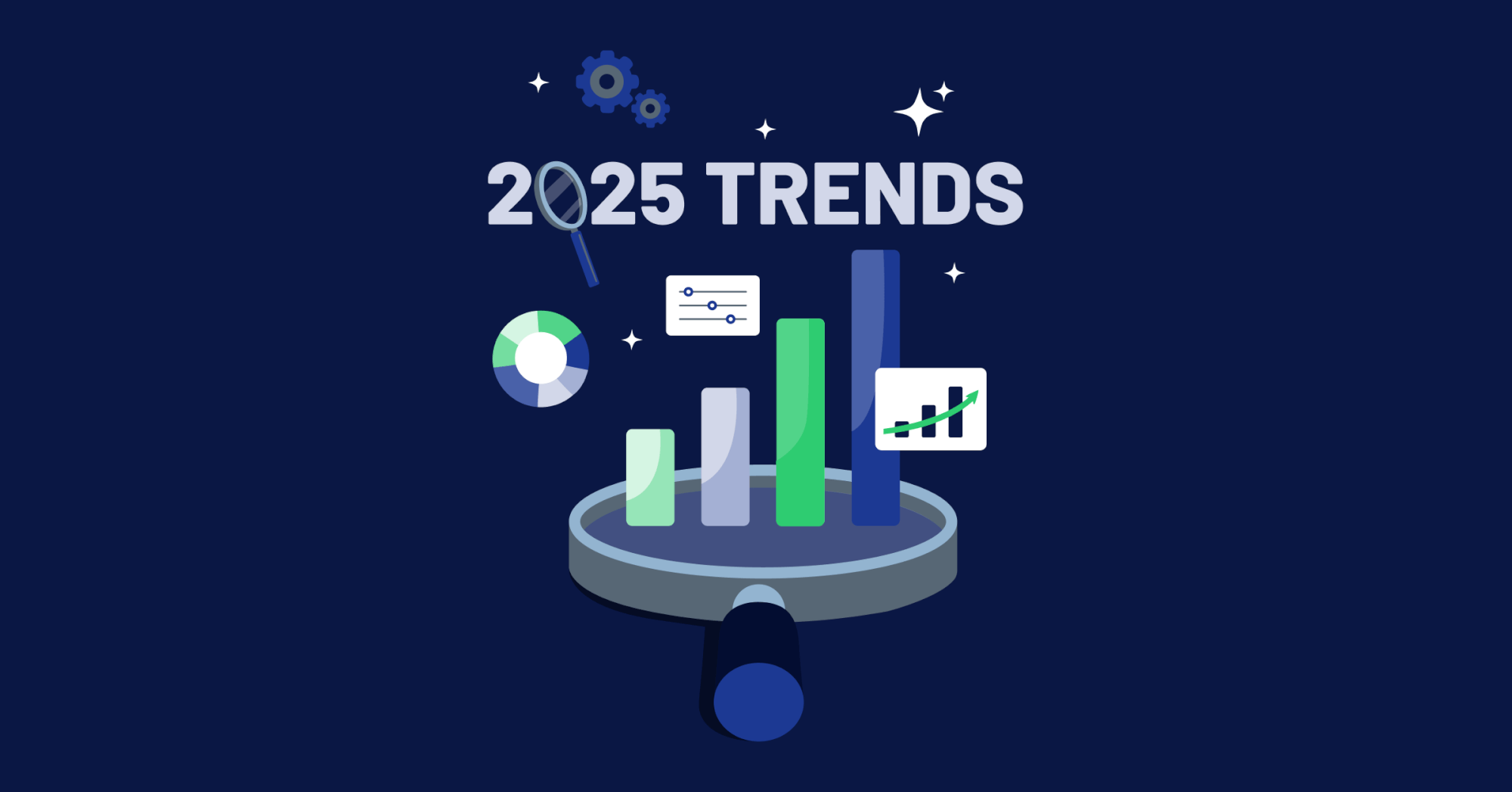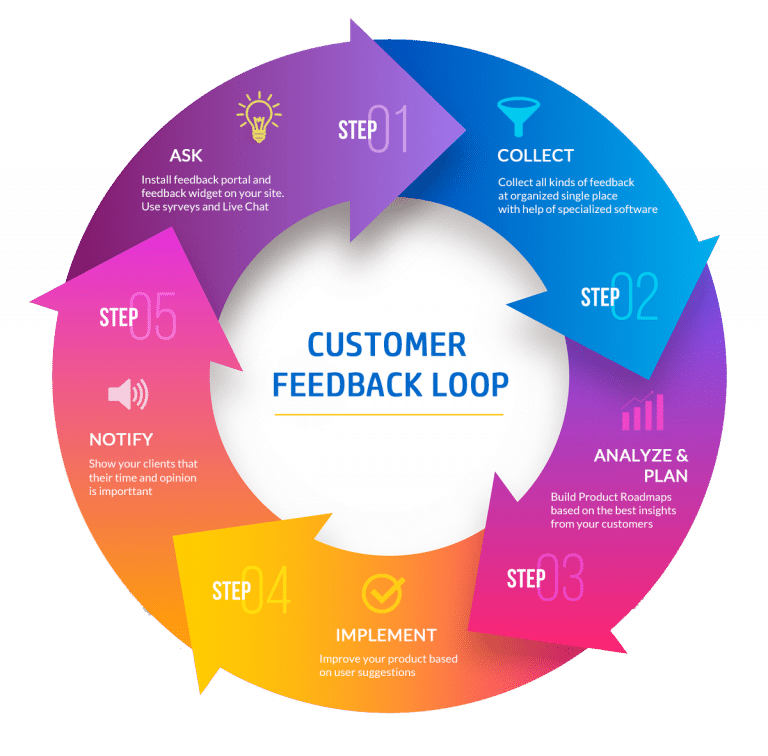In today’s competitive digital landscape, the combination of SEO and artificial intelligence (AI) has become essential for enhancing visibility and engagement for businesses. This guide will explore the concept of the SEO Content Feedback Loop and how you can leverage AI to improve your strategies. By understanding the continuous cycle of content creation, analysis, and optimization, you’ll be better equipped to refine your approach and maximize your effectiveness in connecting with your audience.
AI tools are now available that allow digital marketers and content creators like you to utilize real-time analytics to monitor performance, automate processes, and produce engaging content. Insights gained from user engagement metrics can guide your decisions, ensuring that your content meets the evolving needs of your audience. Throughout this guide, we’ll also discuss the ethical considerations surrounding AI usage, emphasizing the importance of maintaining originality and transparency.
Let’s dive into this comprehensive overview of the SEO Content Feedback Loop and understand how to use AI effectively within this framework to enhance your content strategies.
Understanding the SEO Content Feedback Loop
The SEO Content Feedback Loop is a cyclical process involving content creation, publishing, performance analysis, and optimization. By consistently evaluating the effectiveness of your content, you can make data-driven decisions that improve your strategy over time.
When you publish a blog post or any piece of content, you can utilize AI-driven analytics to monitor its performance across various metrics such as traffic, bounce rates, and click-through rates (CTR). It’s important to analyze how users interact with your content to understand what resonates with them.
AI enhances this feedback loop significantly. Tools like Frase and Clearscope help you gauge how well your content aligns with user intent and competitor performance. For instance, Flyhomes utilized AI to rapidly expand their website from 10,000 to over 425,000 pages in just three months, illustrating how taking a data-centric approach can lead to substantial outcomes.
Infographic illustrating the SEO feedback loop process, showcasing the interaction of each component for continuous optimization (Source: Cloudfront)
Decoding Engagement Metrics for Effective SEO
Effective interpretation of engagement metrics is essential for refining your SEO strategies. Key performance indicators such as bounce rates, session duration, and CTR provide valuable insights into user behavior and content effectiveness.
To interpret these metrics effectively, focus on those that directly reflect user engagement. A high bounce rate may signal that visitors are not finding what they expect, whereas improved session durations suggest that users find your content engaging and valuable.
Utilize tools like SEMrush to track these metrics and gain real-time feedback. Businesses like Iowa Girl Eats have demonstrated the potential of leveraging engagement metrics; they saw significant traffic increases through AI-driven optimizations based on user data.

Summary chart of engagement metrics showing the key performance indicators marketers should monitor (Source: First Page Sage)
AI Tools Revolutionizing SEO Strategies
Choosing the right AI tools is crucial for optimizing your SEO efforts effectively. Tools such as Ahrefs, Frase, and Surfer SEO each offer unique features that support different facets of content optimization.
For instance, Ahrefs excels at providing comprehensive topic coverage, while Clearscope emphasizes content relevance strategies. Frase effectively combines SEO analysis with content generation, making it easier for you to start with optimized content.
Additionally, tools like SEMrush integrate seamlessly with popular writing platforms, which streamlines your workflow. According to Kevin Su, CEO of Clearscope, SEO tools have shifted from traditional keyword optimization to a broader focus on content relevance, which highlights the need for sophisticated content analysis.

Infographic comparing various AI SEO tools and their functionalities (Source: TCEA)
Real-Time Analytics and SEO Strategy Enhancement
Real-time analytics are invaluable for enhancing your SEO strategies. These tools provide immediate insights into content performance, allowing you to adjust your approach as needed.
AI-driven tools like the SEMrush Writing Assistant can deliver real-time feedback as you write, helping identify areas for improvement. For example, Walmart has successfully integrated AI-powered demand forecasting to improve its product availability and search rankings significantly, showcasing the impact that timely data and analytics can have on your decisions.

Screenshot of an SEO analytics dashboard illustrating real-time data tracking capabilities (Source: Klipfolio)
Automating Content Workflows with AI
Automation can significantly streamline your content workflows, allowing you to focus on strategic initiatives instead of repetitive tasks. AI tools help streamline processes for generating content ideas, identifying gaps, and optimizing existing material.
For instance, Jasper AI and Surfer SEO provide automation capabilities that enhance both content quality and output efficiency. By integrating these tools into your content strategy, you create smoother processes that lead to better resource allocation and higher productivity.
Businesses utilizing AI for automation have reported substantial time savings and improvements in content effectiveness. A case like Bytebard demonstrates how integrating these tools led to higher search relevance and visibility.

Flowchart showcasing an automated content marketing workflow that illustrates the steps involved in content creation (Source: Kissflow)
Crafting a Self-Optimizing Content Strategy
Implementing a self-optimizing content strategy is vital to stay ahead in a fast-paced digital environment. Such strategies allow you to adapt to market changes based on user feedback and performance data.
To create a self-optimizing strategy, ensure that your content aligns with user intent. Successful strategies often involve continual analysis and refinement of your existing content. According to Clearscope, focusing on relevance rather than solely on keyword placement can lead to better engagement outcomes.
Companies employing feedback loops in their content processes, like The Independent Pharmacy, have seen measurable improvements in SEO performance, confirming the value of a data-driven approach.

Diagram explaining the components of a self-optimizing content strategy for SEO (Source: Britopian)
Addressing the Ethical Dimensions of AI in SEO
As AI tools become increasingly common in content creation, addressing ethical considerations is critical. Potential biases may arise in AI-generated content, potentially perpetuating stereotypes or misrepresenting information.
Transparency is also key. Marketers must disclose when content is AI-generated, as maintaining user trust relies on authenticity. Establishing clear ethical guidelines and actively checking for biases in AI-generated content apply to both creation and strategy.
Research suggests that prioritizing a balance between AI efficiency and human creativity is essential for ensuring high-quality, diverse content. This approach not only engages audiences but also builds greater trust and loyalty to your brand.
Graphic illustrating the key ethical considerations in AI content creation, particularly addressing biases (Source: LinkedIn)
Future Trends and Challenges in AI-Driven SEO
Looking forward, many advancements in AI are expected to shape SEO strategies. You can anticipate hyper-personalized content generation and enhanced Natural Language Processing (NLP) capabilities that better predict user intent.
However, challenges remain. There's a risk of over-reliance on AI tools, which could stifle creativity, and the potential for biases in AI models can undermine content diversity. Additionally, navigating regulatory frameworks governing AI usage will be a critical concern for marketers.
It’s essential to adopt a mindset of continuous learning as you adapt to these changes. Staying updated on trends, while evolving your skill set in line with technological advancements, will be key to success in the years to come.

Infographic summarizing anticipated trends in AI for SEO, outlining significant advancements expected in the coming years (Source: OVRDRV)
Conclusion
The SEO Content Feedback Loop with AI offers an effective framework for improving your content strategies. By engaging in this ongoing cycle of evaluation and optimization, you can maintain competitiveness in the ever-evolving digital marketing landscape.
Emphasizing AI’s role in enhancing workflows and automating tasks not only saves you time but also leads to more optimized, engaging content. As you navigate through the insights shared here, keep in mind the importance of flexibility and adaptation to stay relevant. Embrace these strategies and insights to ensure that your content marketing efforts resonate with your audience, driving growth and success in your digital marketing initiatives.


கருத்துக்கள் (0)
உள்நுழைக சர்ச்சையில் பங்கேற்க அல்லது .